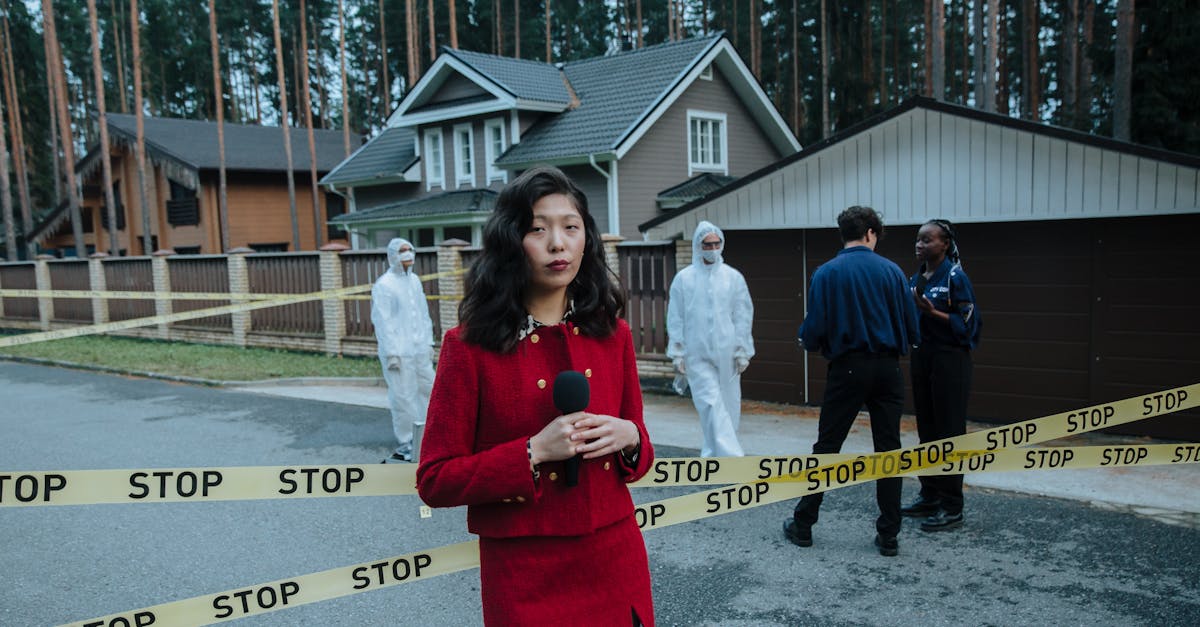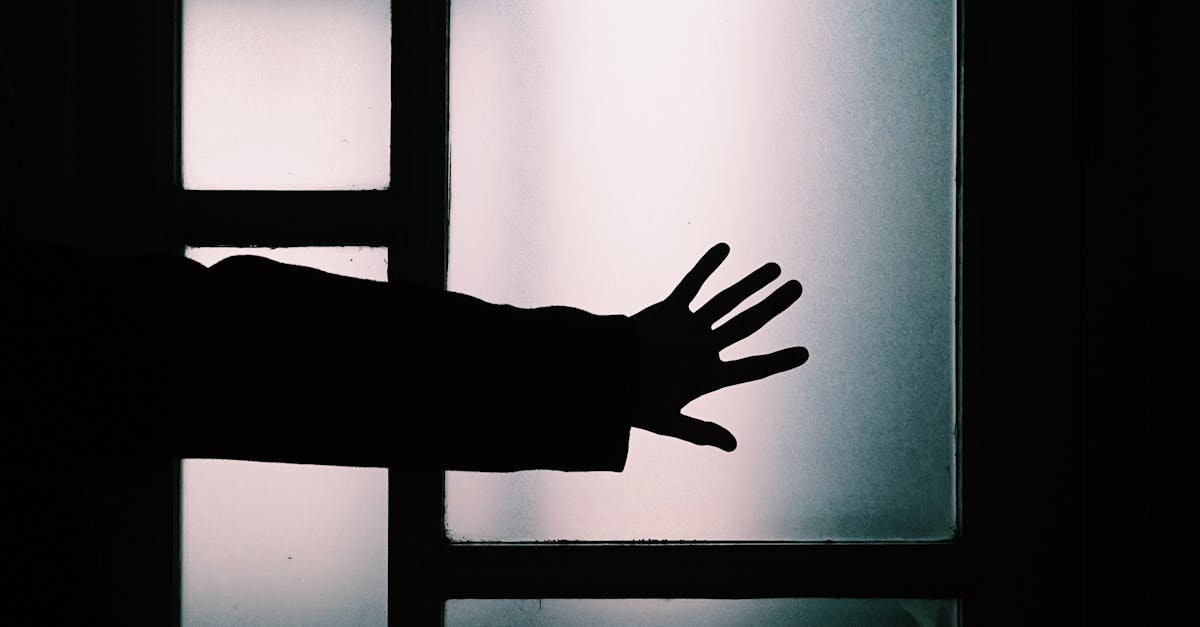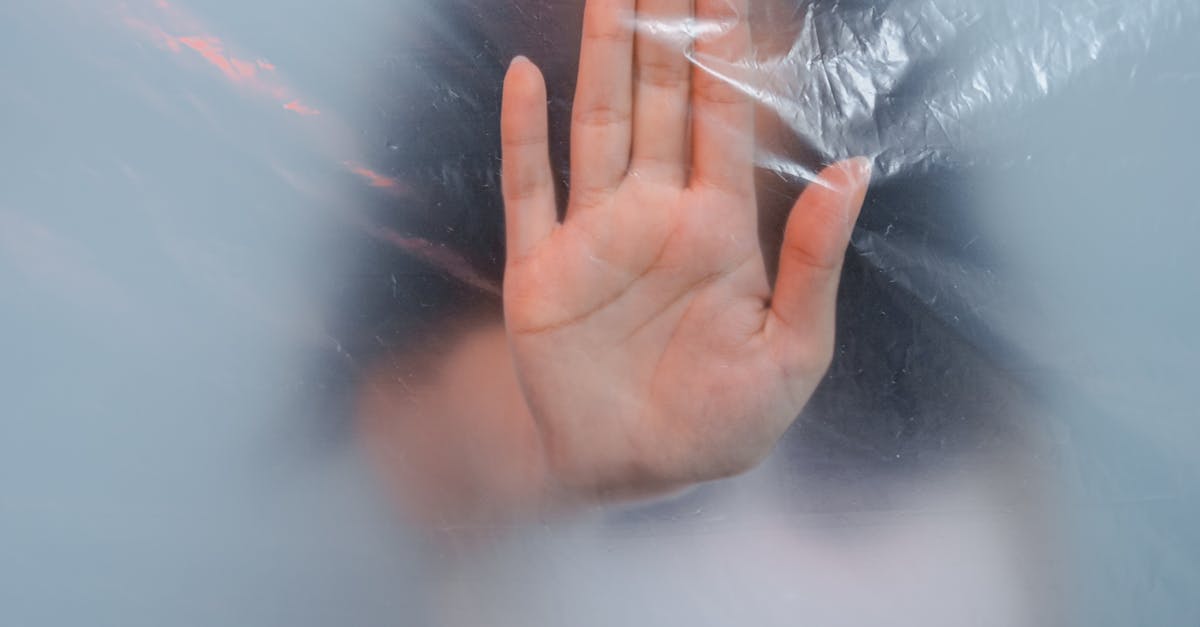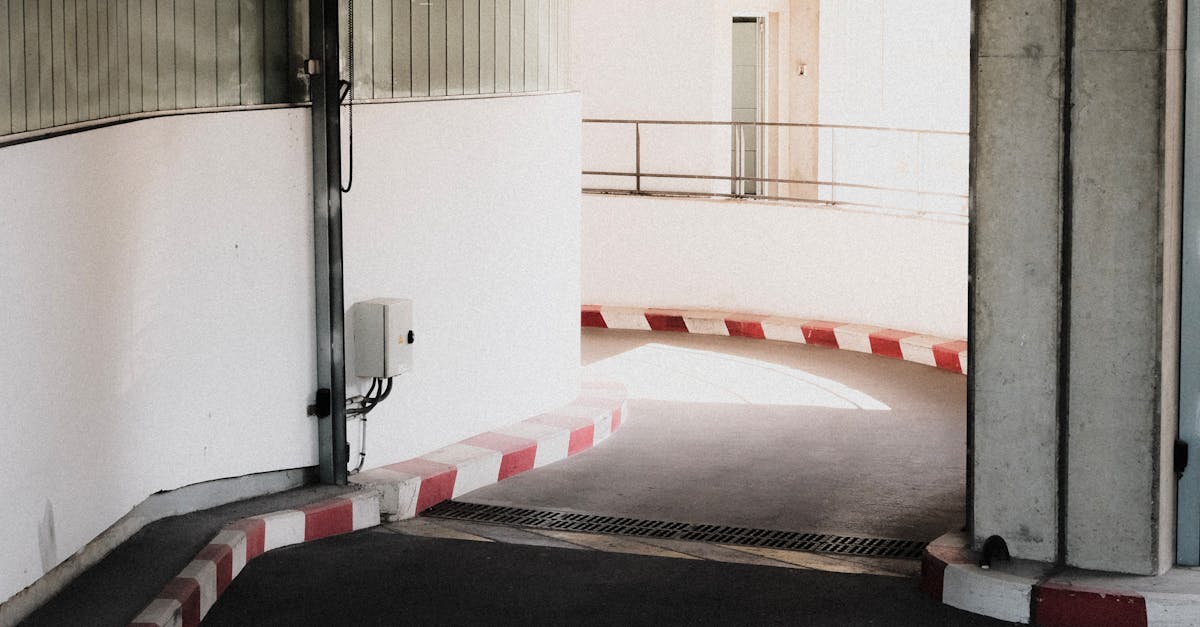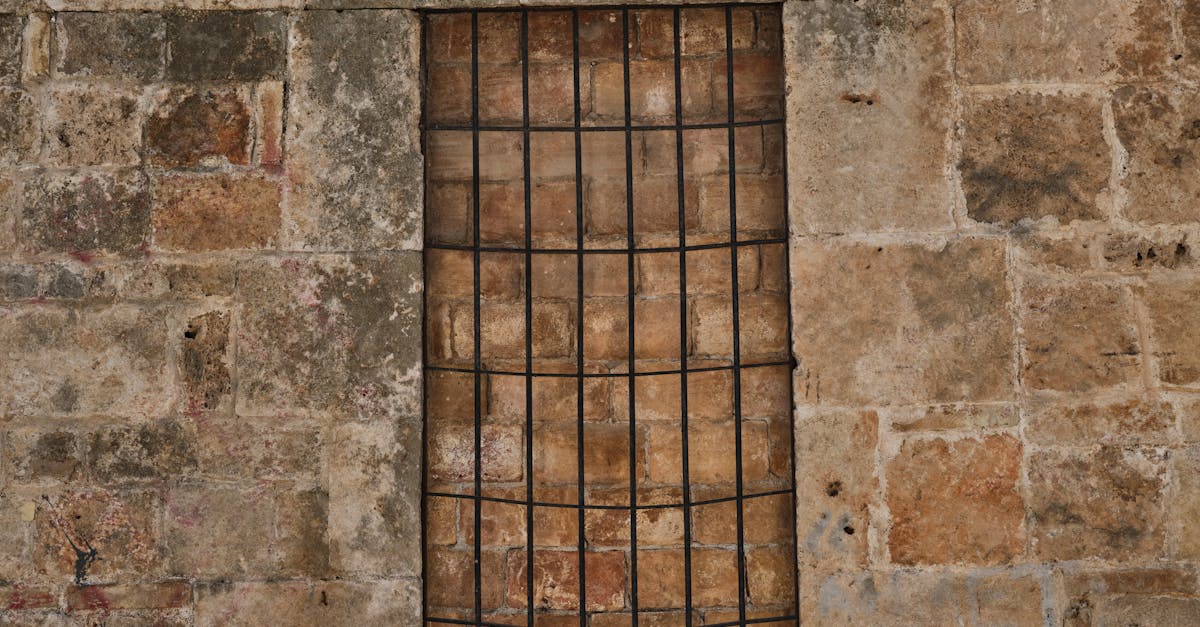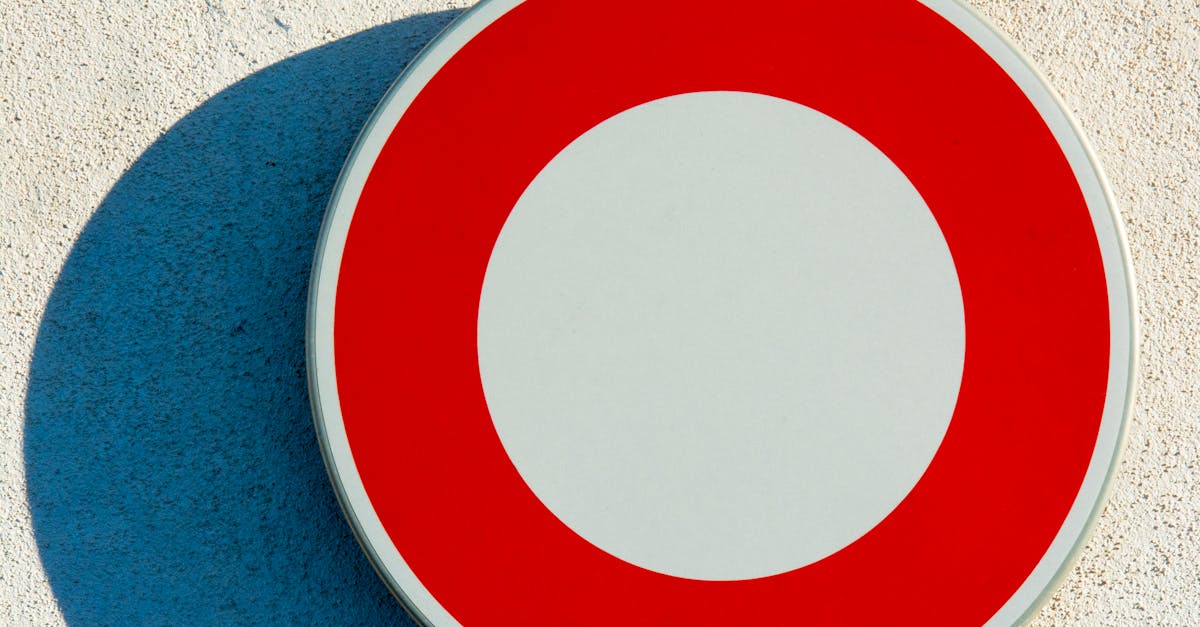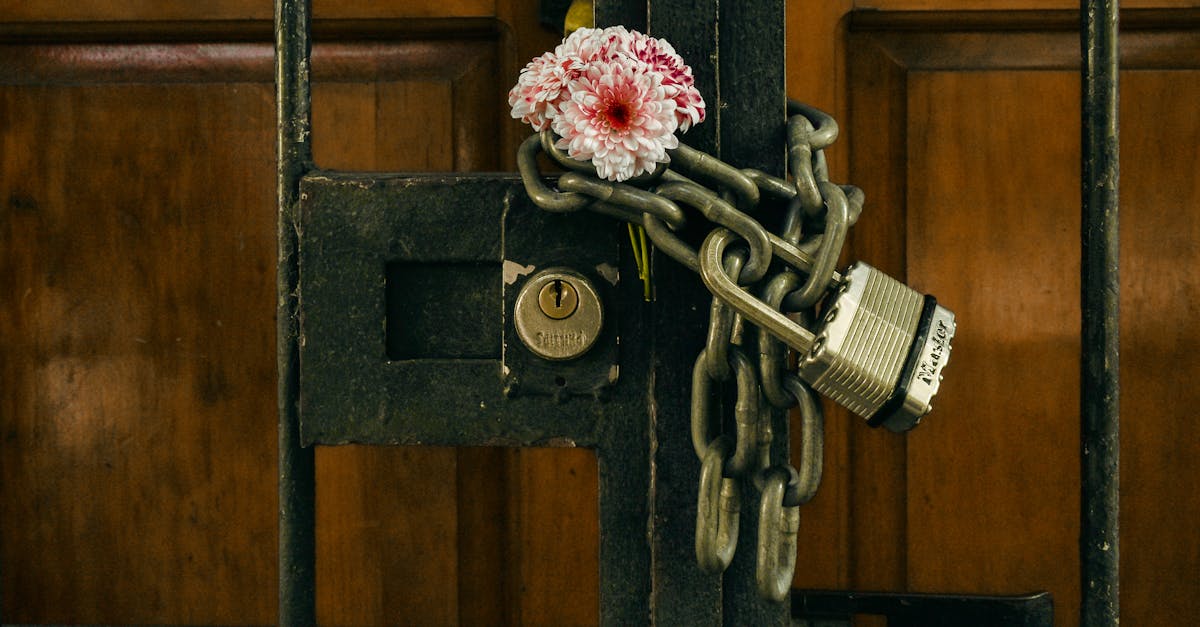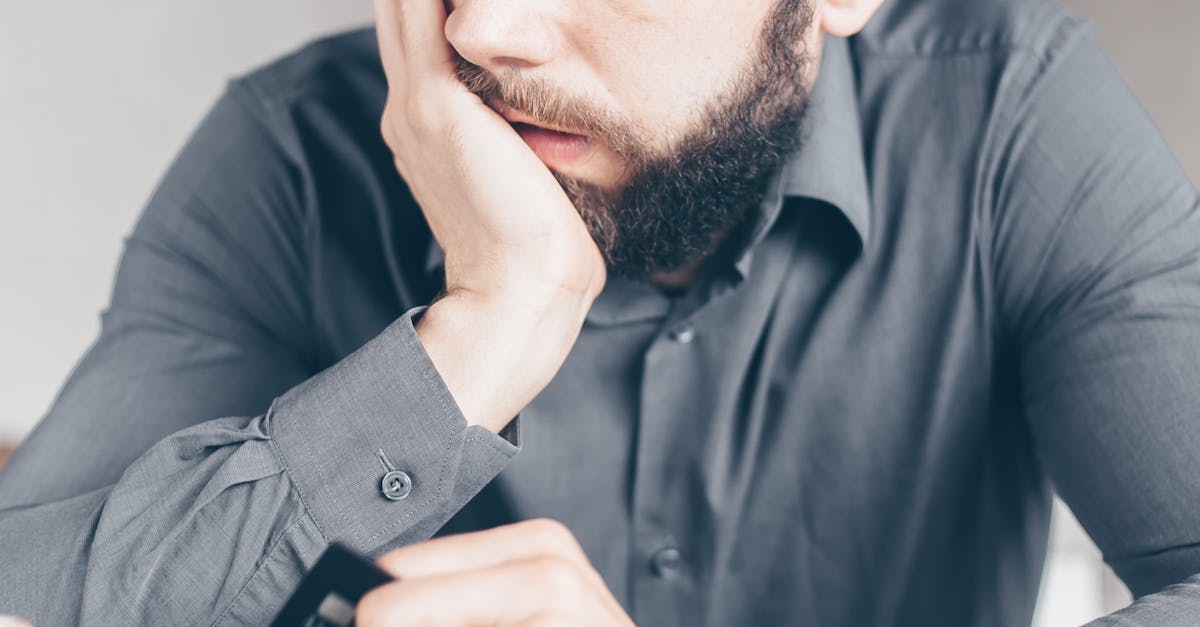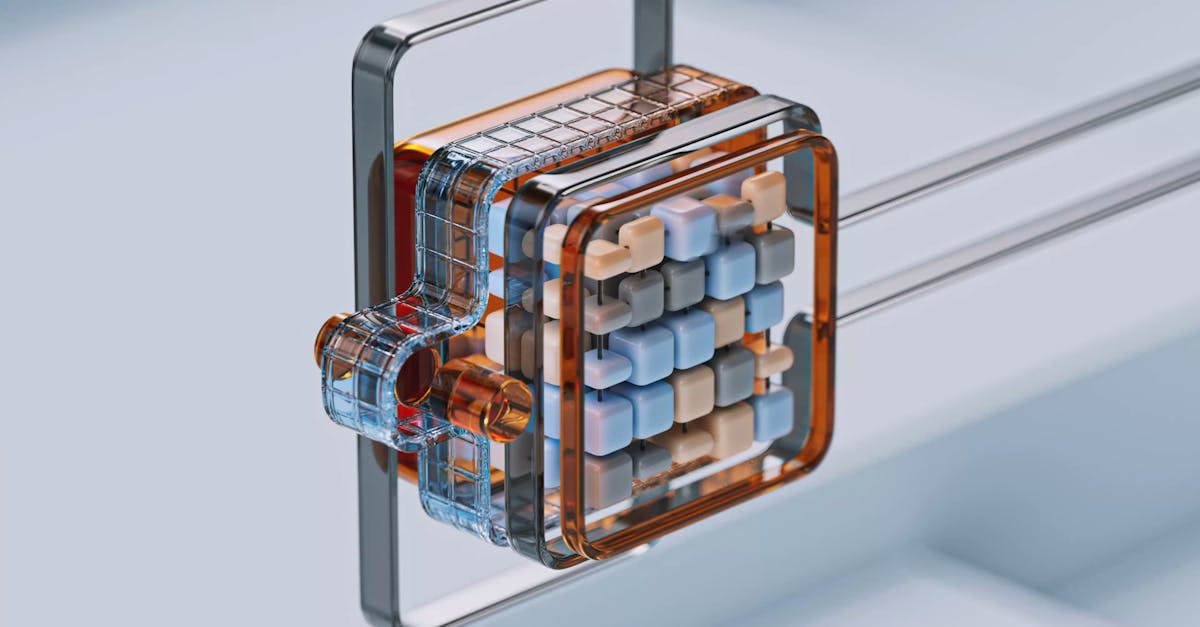
Table Of Contents
Corrosion and Material Degradation
Corrosion is a primary factor in the deterioration of metal pipes. Over time, pipes made of materials like copper or steel can develop rust or scale, leading to weak spots. These weaknesses create a higher risk for sudden failures. Regular maintenance can help identify early signs of corrosion, but neglect can result in significant damage requiring burst pipe repair.
Material degradation isn’t limited to metal pipes. Plastic pipes, such as PVC, can become brittle due to exposure to ultraviolet light or extreme temperatures. This brittleness increases the likelihood of cracks and breaks. Understanding the types of corrosion and wear can aid homeowners in preventing issues before they necessitate burst pipe repair. Regular inspections can help catch problems early, reducing the need for extensive repairs.
Types of Corrosion Affecting Pipes
Corrosion in pipes arises from various forms, each impacting their integrity differently. Galvanic corrosion occurs when two dissimilar metals come into contact, leading to an electrochemical reaction. This often weakens metal pipes, making them susceptible to leaks and, ultimately, bursts. Additionally, pitting corrosion creates small, localized areas of corrosion, which can grow unnoticed. These weak spots can suddenly fail, emphasizing the need for regular inspections and timely burst pipe repair.
Another common type is uniform corrosion, where the entire surface of the pipe erodes evenly. This typically results from prolonged exposure to moisture and corrosive substances. The gradual degradation can go unnoticed until the pipe's structural strength is compromised. Such failures may not only lead to significant damage but also require immediate burst pipe repair to mitigate water loss and prevent further issues within the plumbing system.
Blockages and Backups
Blockages in plumbing systems can lead to a variety of issues, including pipe bursts. When waste accumulates in pipes, pressure builds up due to the restricted flow. This increased pressure can cause pipes to weaken and ultimately lead to a failure in the system. Homeowners often notice signs of a blockage, such as slow drains or unpleasant odors, which should not be ignored as they may precede a more significant plumbing problem.
Backups are another common consequence of clogs. If waste materials create a significant obstruction, water can back up into sinks, bathtubs, or even overflow into basements. This situation presents an urgent need for burst pipe repair, as the physical damage caused by water can escalate quickly. Ignoring backups not only increases the risk of pipe failure but may also result in costly repairs or even mold growth in the affected areas of the home.
Consequences of Clogs in Plumbing
Clogs in plumbing can lead to significant consequences if left unaddressed. Over time, the buildup of debris and waste can create pressure within the pipes, making them more susceptible to damage. Once the stress becomes too great, pipes may crack or burst. Homeowners often find themselves faced with costly repairs and disruptions to their daily routines. Burst pipe repair can be time-consuming and necessitate professional help, further adding to the expense.
In addition to physical damage, clogs can also result in water damage to surrounding areas. When pipes burst, they may release large volumes of water, potentially damaging walls, floors, and personal belongings. Mold and mildew can develop in damp environments, creating health risks. Prompt attention to plumbing issues can prevent these severe consequences and minimize the need for extensive burst pipe repair services.
Seasonal Weather Changes
Seasonal weather changes can have a significant impact on plumbing systems, often leading to unexpected pipe failures. During colder months, temperatures can drop drastically, causing the water inside pipes to freeze. As the water freezes, it expands, placing immense pressure on the walls of the pipes. This pressure can weaken the material over time, resulting in a sudden rupture. Homeowners should be aware that a burst pipe repair might be necessary if preventative measures are not taken to insulate and protect vulnerable plumbing.
Additionally, rapid temperature fluctuations can also contribute to pipe stress. Warmer days followed by sudden cold snaps can create a cycle of expansion and contraction in pipe materials. This constant movement can wear down seals and joints, increasing the likelihood of leaks or bursts. Regular inspections and maintenance can help in identifying weaknesses before they lead to a significant issue, saving time and money when it comes to burst pipe repair.
Effects of Freezing Temperatures
Freezing temperatures can lead to serious issues for plumbing systems, especially when water trapped in pipes becomes ice. As water freezes, it expands, putting immense pressure on the pipe walls. This pressure can exceed the strength of the material, causing fractures or cracks to form. If the ice remains inside the pipe for too long, these vulnerabilities may worsen, eventually resulting in a rupture that necessitates burst pipe repair.
Once a pipe bursts due to freezing, the consequences can be devastating. Water can flood the surrounding area, leading to damage in walls, flooring, and personal property. Prompt attention is crucial in these situations, as delayed intervention often leads to more extensive and costly repairs. Homeowners should take preventative measures to insulate vulnerable pipes against extreme cold to avoid needing burst pipe repair.
FAQS
What are the main causes of pipes bursting?
The main causes of pipes bursting include corrosion and material degradation, blockages and backups, and seasonal weather changes, particularly freezing temperatures.
How does corrosion affect pipes?
Corrosion can weaken pipes over time, making them more susceptible to bursting. Different types of corrosion, such as pitting, galvanic corrosion, and uniform corrosion, can all contribute to the deterioration of pipe materials.
What are the consequences of a clogged pipe?
Clogs can lead to increased pressure within the plumbing system, causing pipes to burst. They can also result in water damage, mold growth, and costly repairs if not addressed promptly.
How can freezing temperatures cause pipes to burst?
When water in pipes freezes, it expands, which can create enough pressure to crack or burst the pipe. This is especially common in uninsulated or poorly insulated areas during extreme cold weather.
What can I do to prevent pipes from bursting?
To prevent pipes from bursting, ensure regular maintenance to check for corrosion and blockages, insulate pipes in colder areas, and allow faucets to drip during freezing temperatures to relieve pressure.
